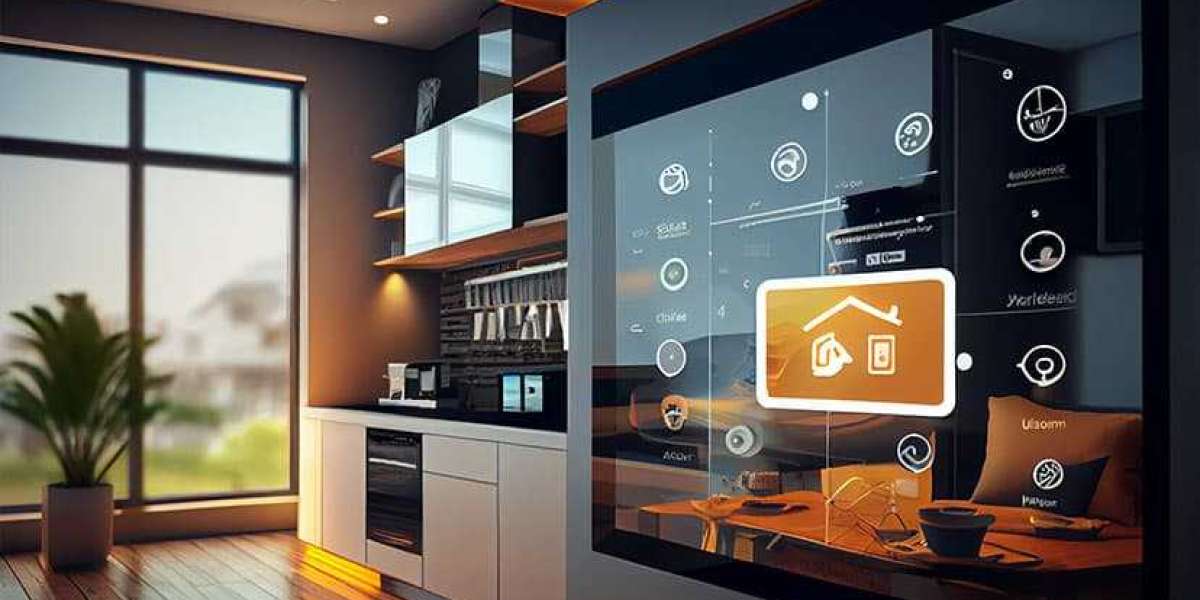Open concept home design has surged in popularity over the past few decades, offering a modern, airy feel that allows for seamless interaction between living spaces. While this design style can create a sense of flow and spaciousness, it also comes with its own unique set of challenges. Homeowners must navigate these challenges carefully to achieve a harmonious and functional living environment. Here are five common mistakes to avoid when designing an open concept home.
1. Ignoring Functional Zones
One of the most significant mistakes in open concept design is failing to define functional zones within the space. Open floor plans often feature a large, uninterrupted area that encompasses the kitchen, dining, and living spaces. While this openness promotes social interaction, it can also lead to chaos if the areas lack clear boundaries.
Solution: Create distinct zones by using furniture placement, rugs, and lighting to delineate each space. For instance, use a large area rug under the dining table to define the dining area or position a sofa to create a barrier between the living room and kitchen. Consider using varying ceiling heights, or architectural features like columns or half walls to subtly separate different functional areas while still maintaining an open feel.
2. Neglecting Storage Solutions
Open concept designs can often lead to clutter if not properly planned for storage. Without walls to contain items, the open spaces can become visually overwhelming, resulting in a chaotic environment. This can detract from the beauty of the design and create a sense of disarray.
Solution: Integrate ample storage solutions into your design plan. Built-in shelves, cabinets, and multipurpose furniture can offer functional storage while blending seamlessly with the overall aesthetic. For example, consider using ottomans with storage compartments or coffee tables that double as storage bins. Additionally, opt for stylish cabinets or shelving that can be displayed as decorative features, keeping items organized without compromising the open concept design.
3. Overlooking Acoustic Considerations
With an open concept design, sound travels more freely between spaces, which can lead to noise issues. Conversations in the living area can easily disturb those working in the kitchen or watching TV. Without proper consideration of acoustics, the environment can become chaotic, diminishing the comfort of the home.
Solution: Address acoustic concerns by incorporating soft materials and furnishings. Soft textiles, such as rugs, curtains, and upholstered furniture, can absorb sound and reduce echo. Additionally, consider soundproofing techniques, such as acoustic panels or sound-dampening insulation, especially in walls or ceilings that separate noisy spaces. By thoughtfully selecting materials, you can create a more pleasant auditory environment.
4. Poor Lighting Choices
Lighting plays a crucial role in open concept home design, yet it is often one of the most overlooked aspects. An abundance of natural light can enhance the openness of the space, but inadequate or harsh artificial lighting can create unwelcoming or disjointed areas.
Solution: Plan for multiple layers of lighting to create a well-lit and inviting environment. Use ambient lighting, such as ceiling fixtures and recessed lights, to provide overall illumination. Add task lighting in functional areas like the kitchen and dining space, and incorporate accent lighting to highlight architectural features or artwork. Additionally, consider large windows or glass doors that allow natural light to flood in during the day. This thoughtful layering of lighting will enhance the open concept feel and make the space feel cohesive and inviting.
5. Failing to Consider Furniture Scale and Proportion
In an open concept space, the scale and proportion of furniture are critical for maintaining balance and harmony. Using oversized furniture can overwhelm the area, while small pieces may get lost in the expanse, making the design feel disjointed and uninviting.
Solution: Choose furniture that is proportional to the size of the open space. Large, comfortable sofas and chairs can anchor a living area, while dining tables should be appropriately sized for the dining zone. Avoid crowding the space with too much furniture; instead, opt for fewer, larger pieces that create a sense of unity. Additionally, consider modular or movable furniture that can be rearranged as needed to accommodate different activities or gatherings.







